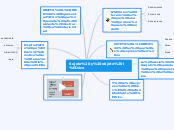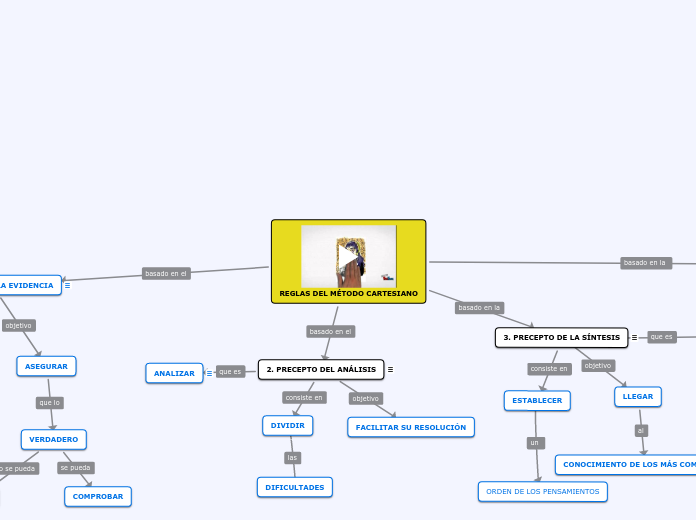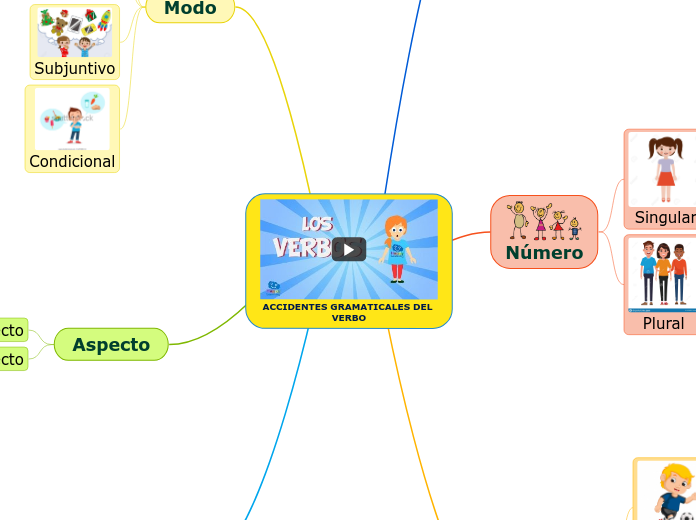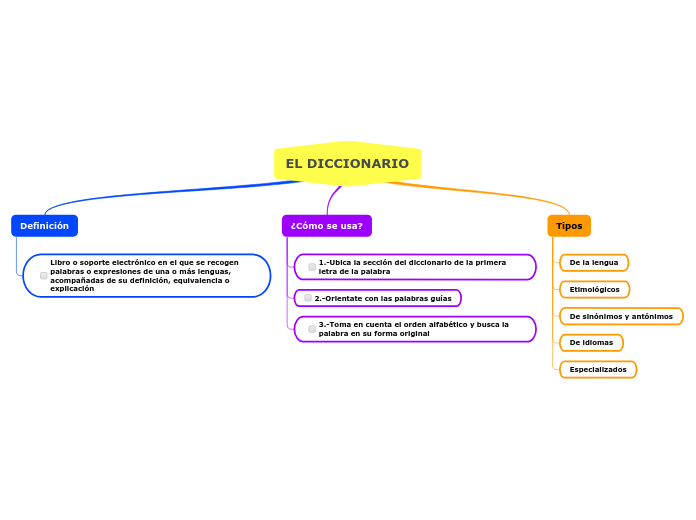WORD ORDER IN ENGLISH/ SPANISH AND COGNATES
The advantages and disadvantages are the pros and cons of a certain topic, that each person considers thoroughly before making a bigger decision.
COGNATES AND FALSE COGNATES
False Cognates
False cognates, often called Falsos Amigos. In Spanish, are words in different languages that appear similar, but do not actually mean the same thing.
Noun False Cognates
La angustia
El asesino pagado, el sicario
Agony
Assassin
Death throes
Murderer, killer
La agonia
El asesino
Cognates: are the words that are easiest to learn because they are similar to the words you already know because they are descended from the same root word.
However, there are many Spanish and English word that appear to be cognates, but in fact mean very different things in each language.
Adjectives and Adverb False Cognates
Verdadero
De culto
Cult
Current
Educated
Actual
Culto
Spanish and English have many cognates, or words with the same origin
Examples
to decide
Marvelous
Decidir
Maravilloso
Angular
WORD ORDER SPANISH
Casos sobre orden de palabras en Castellano
adjetivo
grupo sintagmático nominal influyen factores de diversa naturaleza, como el carácter de la atribución, su necesidad o la índole semántica.
¡menuda broma!
Adverbios
la función de complemento circunstancial, su situación depende del énfasis que se le quiera dar.
(Hoy no hay clase de Geología)
Ha hecho un buen negocio
sustantivo
se encuentra modificado por dos o más adjetivos, yuxtapuestos o coordinados
(una alta y delgada chimenea)
Orden sintactico
Es la que ordena los elementos de la frase segun su funcion gramatical:
1ro. el sujeto
2do. el verbo
3ro. atributo o complementos:
a) directo,
b) indirecto
c) circunstancial
El verbo
se coloca normalmente intercalado entre el sujeto y el complemento
Ejemplos
Luis una bicicleta compró.
Lo que no es correcto en castellano es colocar el verbo al final de la frase.
Luis compró una bicicleta.
El español presenta la informacion discursiva con el siguiente orden de palabras: sujeto (S), verbo (V) y objeto (O).
2 Tipos principales de orden
Orden invertido
complemeto adverbial-sujeto -verbo-objeto
En el cielo los poetas buscan a las musas
se invierte el oden natural de la oracion y le sigue un sustantivo explicito y la oracion debe contener una coma.
Orden natural
sujeto -verbo-objeto-complemento
Ejemplo
Los poetas buscan a las musas en el cielo
Word order in English
Word order Patterns in English :
Normal order words
Inverted (verb subject ) word order
Word order of direct and indirect object
Key points about Word order in English
Adverbs
The adverb is placed at the beginning of the sentence before the subject, but the subject still comes before its verb.
Adverbs and adverb phrases can be placed in three places in a sentence:
Adjectives
Adjectives often come before the noun.
Adjectives can also be placed at the end of a sentences by using a stative verbs
How is considered?
An SVO language, like such Romance languages as Spanish, French, Italian and Romanian.
What does it mean?
Meaning that generally sentences follow the Subject-Verb-Object pattern.
The standard word order in English is:
Standard word order is the most common sentence pattern in English.
The subject comes before the verb.
EXAMPLE
VERB
Was Heavy
SUBJECT
The book
Subject + Verb + Object
Subject: typically a noun or pronoun the person, place or thing.
Verb: the action or state of being.
Object: the word or group of words influenced by the verb.
What is word order in English?
It is important, because it can change the spirit, meaning or fluency of a sentence.









